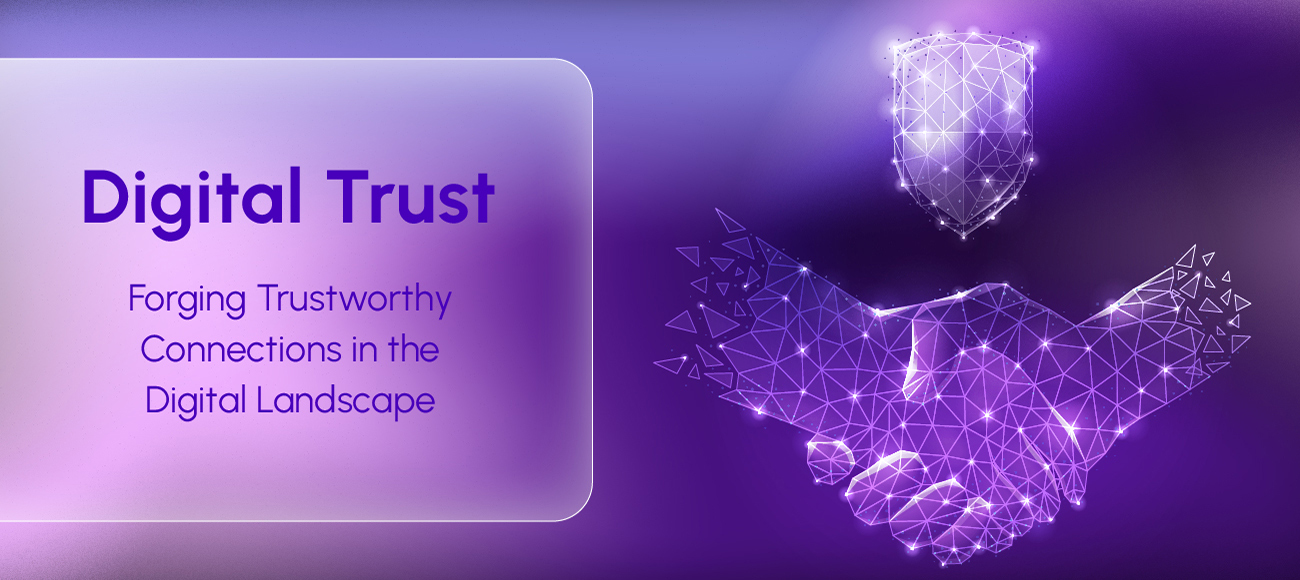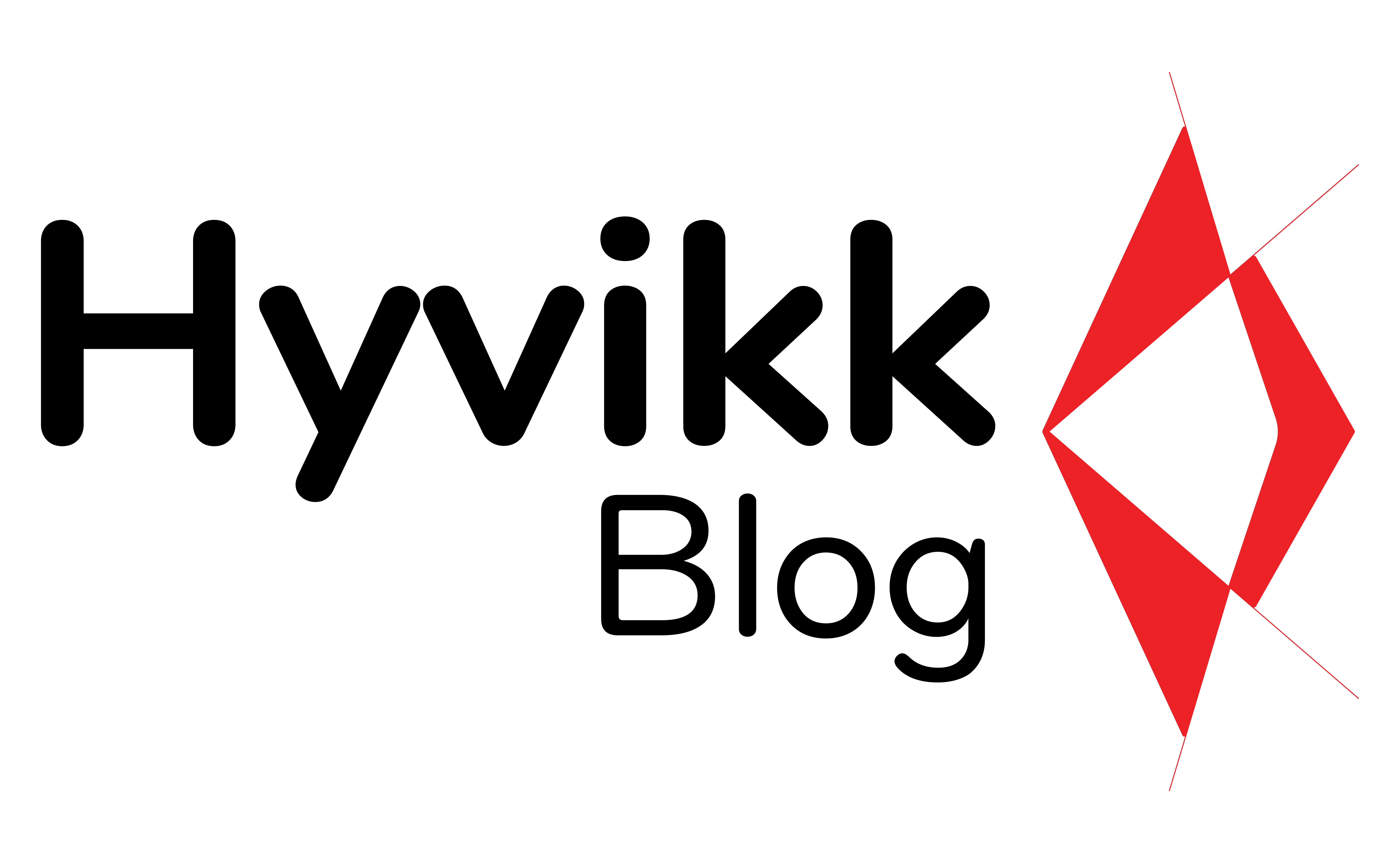
04 Jan Building Digital Trust in a Connected World
Introduction:
In the rapidly evolving landscape of the digital age, trust has become the cornerstone of online interactions. As we increasingly rely on digital platforms for communication, transactions, and information sharing, the concept of digital trust has gained paramount importance. In this interconnected world, where personal data is exchanged at an unprecedented rate, establishing and maintaining trust is crucial for the success and sustainability of online ecosystems.
The Essence of Digital Trust:
Digital trust encompasses the confidence individuals and organizations have in the security, reliability, and integrity of digital systems and interactions. It extends beyond traditional notions of trust, evolving in tandem with technological advancements and the expanding scope of our online presence. Trust in the digital realm is not just about safeguarding sensitive information; it also involves ensuring the seamless functioning of digital services and fostering positive user experiences.
Factors Shaping Digital Trust:
- Security Measures:
Security is the bedrock of digital trust. Users must feel confident that their personal and financial information is protected from unauthorized access and malicious activities. Implementing robust encryption, multi-factor authentication, and regularly updating security protocols are essential steps in fortifying digital systems against potential threats.
- Transparency and Accountability:
Trust flourishes in an environment where transparency and accountability are valued. Service providers should be open about their data practices, privacy policies, and how user information is utilized. Clearly communicated terms of service and privacy agreements contribute to a sense of accountability, reinforcing the users’ confidence in the platform.
- User-Centric Design:
Creating user interfaces that prioritize simplicity and intuitiveness fosters trust. When users can easily navigate through a platform and understand its functionalities, they are more likely to engage confidently. User-centric design extends beyond aesthetics; it incorporates features that prioritize user privacy, control, and ease of use.
- Data Privacy:
Respect for user privacy is paramount in building and maintaining digital trust. Platforms that prioritize data minimization, giving users control over their information, and obtaining explicit consent for data collection build a foundation of trust. Adhering to privacy regulations and industry standards is crucial to demonstrate a commitment to protecting user data.
- Reliability and Performance:
Trust is eroded when digital services fail to perform reliably. Downtime, glitches, and slow response times can lead to frustration and, in turn, a loss of trust. Regular maintenance, system updates, and a proactive approach to addressing technical issues are imperative to ensure the consistent and reliable performance of digital platforms.
- Ethical Practices:
Ethical considerations play a pivotal role in cultivating digital trust. Organizations that operate ethically, avoiding deceptive practices and prioritizing the well-being of their users, contribute to a positive digital reputation. Ethical behavior extends to content moderation, advertising practices, and the responsible use of emerging technologies.
- Communication and Feedback:
Establishing an open line of communication with users and actively seeking feedback contribute to digital trust. Transparent communication regarding system updates, security incidents, or changes in policies helps users feel informed and involved. Platforms that actively listen to user feedback and incorporate it into their strategies demonstrate a commitment to user satisfaction and trust.
Building and Sustaining Digital Trust:
- Investing in Cybersecurity:
Organizations must prioritize cybersecurity measures to protect against evolving cyber threats. Regular risk assessments, penetration testing, and the implementation of the latest security technologies are critical to staying ahead of potential security breaches.
- Education and Awareness:
Educating users about digital literacy, online safety, and the importance of secure practices fosters a culture of awareness. Empowered users are more likely to make informed decisions and actively contribute to the security of digital ecosystems.
- Regulatory Compliance:
Adhering to relevant data protection regulations and industry standards is not just a legal requirement but a foundational element of digital trust. Organizations must stay updated on evolving regulations and proactively implement necessary measures to ensure compliance.
- Continuous Improvement:
Digital trust is not a static concept; it requires continuous improvement. Regularly assessing and updating security measures, privacy policies, and user experiences demonstrate a commitment to adapting to the dynamic nature of the digital landscape.
Conclusion:
In the digital era, trust is the currency that fuels online interactions. As we navigate an increasingly interconnected world, building and sustaining digital trust is not an option but a necessity. Organizations that prioritize security, transparency, user-centric design, and ethical practices lay the groundwork for a positive and trustworthy digital environment. By investing in these principles, we can collectively contribute to a digital landscape where users feel confident, empowered, and secure in their online interactions.

Sorry, the comment form is closed at this time.